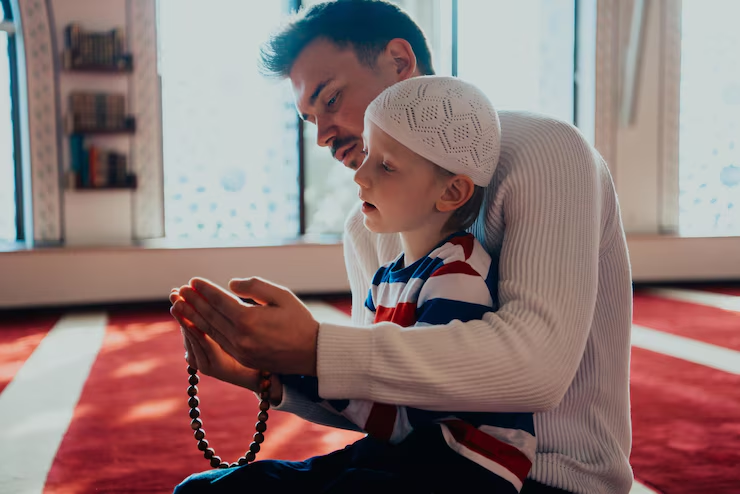Adriana interviews Los Angeles-based artist and taxidermist, Lauren Kane, whose work is driven by a lifetime love of animals and fascination with the unknown of death. Being constantly influenced by her fears of sickness and the afterlife, her work is sentimental and gentle. It emphasizes each creature’s perfect and precious place it once held in this world and explores the curiousness of human-animal relations.
When did you get into taxidermy and how did you go about learning the process?
Taxidermy was something that was always bound to happen in my career. I have always had a keen interest in animals as well as death and art. Using taxidermy was a way to combine all of these elements into one. I’ve been practicing and slowly perfecting my craft for barely four years and I still have a long way to go. In the very beginning, I consulted a bird taxidermist at my local museum (San Bernardino County Museum) who gave me a very basic run-down. I bought a book and slowly gathered my tools for my first attempt with a parakeet not long after.
Do you have any favorite taxidermists out there that inspire your work?
Favorite taxidermists who have inspired me to learn the craft and who always put me in awe are Beth Beverly, Polly Morgan, and Sarina Brewer. Each one of these artists offers a slightly different view on taxidermy art. Beverly is trained in it all; she does pets, trophy mounts, whimsical taxidermy art pieces, and lovely and wild hats from fur and feather. Morgan’s work is dark and morbid but done in a beautiful and “fine arts” manner. Brewer is one of the main founders of the Rogue Taxidermy movement – changing the game of taxidermy all together and introducing the revival of taxidermy for art and whimsy, such as the early 19th Century forefather, Walter Potter.
Can you give us a mini tutorial on the process of taxidermy? Just a quick rundown of the process from start to finish.
My first attempt at taxidermy was with a blue and white parakeet. My grandfather let me set up a little work area on his old woodworking bench in the garage on a warm, sunny morning in the spring of 2011. This tiny bird took me about six hours to complete, and by all means was not a perfect specimen. However, this little bird changed everything and I was then hooked and determined to learn this dead art of taxidermy.On your website you have the following note:“All animals used in Lauren’s work are found deceased from the pet trade. Lauren does not condone frivolous killing of animals for her work. She abides by the laws set by the state of California regarding the obtainment and sale of animal remains.”What do you mean by pet trade? May I ask what kind of rules does California lay out for taxidermists?
By pet trade, I simply mean the pet industry. From local mom and pop pet shops to purebred dog breeders, this is considered the “pet trade.” As far as laws for taxidermists in California, there is one biggie; no protected bird (which is nearly EVERY wild bird) can be used in work whether it was shot down or found dead in a forest, field, or street. Domestic dog and cat fur is also illegal to sell. Other than that, there are no licenses or laws in place for taxidermists in California.
Have you ever been given a pet that is in, shall we say, a less than savory condition?
I have. Most pet owners enter a state or mourning and when the pet passes on, the owners are not ready to place the pet in the freezer. I think, to them, putting the animal away after death gives the situation a firmer sense of finality. So, some pets have come to me in the beginning stages of decomposition, mainly for this reason. I’m not a fan of the smell, but I have to empathize with my client.
You have a line of wearable pieces and also some fine art pieces that involve garments. My personal favorite is the painted rabbits on the fur shawl. What are your thoughts are the connection between fashion and art? Is one more precious or valuable than the other?
Thank you so much for your kind words! As for fashion and art, I see them as one. I feel that anything that is beautiful to look at and was made by a living creature, is art. They are equally valuable and important because they will in turn enhance another’s life with inspiration, calm, or action.
Have you worked with any of your own beloved pets?
Thus far, I have only worked with a pet tarantula that had passed away. I have found it impossible to work on my own, more personal “friends” such as my rats. I am working up the courage to do it though.
Most of your work is with smaller creatures. Do you have any aspirations to work with larger beasts? Are there any animals in particular that you would like to work with that are difficult to obtain through the pet trade?
As much as I enjoy working on rodents and small animals, I hope to one day mount a miniature horse or a pony!
When you are given someone’s pet to work with, are you given guidance from the client on how to pose them or what kind of story to tell? Or do you usually have free reign?
When I receive a pet request, all of the creative power is given to the client and to the story that the pet and the owner shared. I ask if there was a cute way the animal slept, or a favorite toy the pet had, and so forth. These are aspects that I use in conjunction with the client to preserve the pet in a manner that is totally personalized and unique to that exact animal.
Your work has a bit of a whimsical mythology to it. Where does that inspiration come from?
I think that that all stems from coping and in seeing things in a different light. Scorpions, rats, and mice are scary to a lot of people. I enjoy showing these animals (that I don’t find frightening at all) doing cute or sad actions. I made one piece, for example, that featured a white mouse, taking a pet scorpion for a walk. The scorpion had a miniature pink leather collar, a gold chain leash, and a pink bow on its tail, just below the stinger. I am also working on a series of crying animals that have tears. This makes them more relatable to the viewer. They can say, “Yeah, I have totally felt like that sad little rat before…I get him.”
Taxidermy has a bit of a social stigma tied to it. Do you ever get any judgy-faced looks when you tell people about your work?
I do. It mostly comes from hate mail and such on social media. However, I would say, 10 times out of 10, when I explain the work to them, they completely change their attitude about it; even becoming fans or those expressing interest in learning the art and craft of taxidermy all together.
In your description of your work, you say that you are influenced by “fears of sickness and the afterlife.” I was personally very moved by this, especially in the context of your work because it is so lighthearted. Death is this big scary unknown thing, but you are making work that immortalizes these small innocent creatures and conveys a more palatable emotion than fear. Has your work changed the way you view death?
If my work has not changed the way I view death, it has helped me cope with it more. It is still the most frightening and beautiful part of life that I can fathom but it serves as a constant flow of ideas for new pieces. Even still, I have a long way to go. Hopefully one day, I will welcome death with open arms and just maybe, that will have been made possible by the art and the animals who helped me make it.











